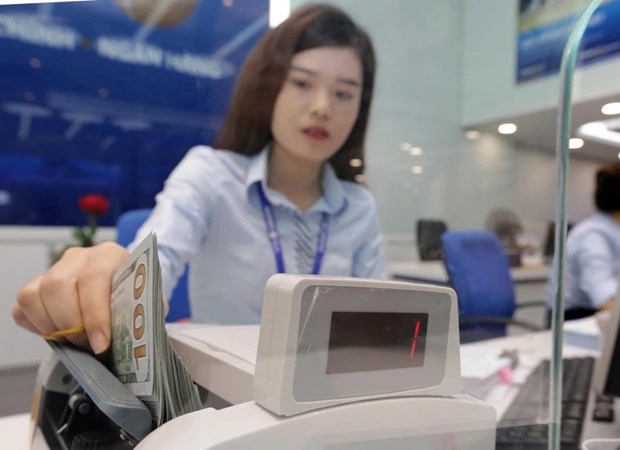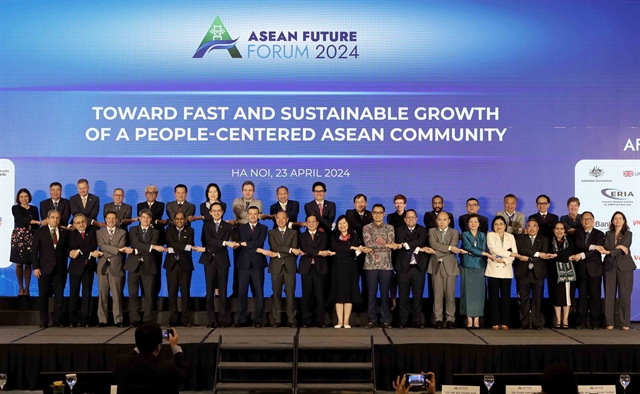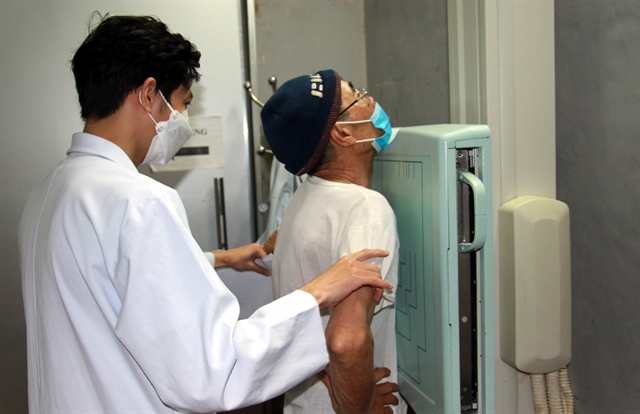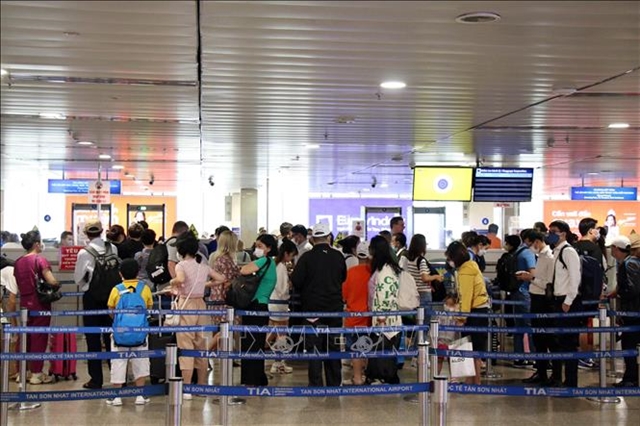 Economy
Economy

Lendbiz Joint Stock Company, which uses a peer-to-peer (P2P) lending model, was recently set up in Hà Nội.
 |
Lendbiz Joint Stock Company, which uses a peer-to-peer (P2P) lending model, was recently set up in Hà Nội.
P2P lending is a method of debt financing that enables individuals to borrow and lend money without the use of an official financial institution as an intermediary. Peer-to-peer lending removes the middleman from the process, but it also involves more time, effort and risk than the general brick-and-mortar lending scenarios. P2P lending is also known as social lending or crowdlending.
Since P2P lending companies generally operate online, they have lower overheads and offer loans cheaper than lenders.
Lendbiz is not the first company to adopt this model in Việt Nam. Many other companies are in this business though the Government and the State Bank of Việt Nam (SBV) have not yet established legal regulations for P2P lending.
Many financial technology (fintech) companies have been set up in the P2P area.
While fintech companies such as Timma, Vaymuon and Mofin focus P2P lending on individual customers, Lendbiz plans to exploit the small and medium-sized enterprises segment, it said.
Market observers said P2P lending companies, in the short time have been operating, have already attracted a large number of depositors and borrowers. But most deals are still small at just a few million to dozens of millions of đồng.
They said that with this online lending model, lenders can earn higher returns than from savings and investment products while borrowers can get money at lower rates even after the P2P lending company takes a fee for providing the match-making platform and credit checking the borrower.
But they also warned that there is a risk of borrowers defaulting.
P2P platforms create a market place for investors to lend money directly to individuals or borrowers. In return, they receive an attractive yield - provided the borrower does not default.
Investing in peer-to-peer loans is not the same as putting your money in a savings account. There is no guarantee that the cash will be repaid and money lent through a P2P platform is not covered by financial services compensation organisations.
On balance, however, they believed P2P lending is set to boom in Việt Nam and then completely change the financial habits of Vietnamese in the coming years.
According to the World Bank, access to and use of formal financial services is low in Việt Nam compared with other countries in the region, with only 31 per cent of all adults having formal bank accounts as of 2014.
But the remaining 69 per cent too have a need to access credit.
Many analysts expect the P2P lending model to remove all obstacles to enable people to borrow money as quickly as possible.
Why?
An executive at a fintech start up in HCM City said technology allows his company to process over 5,000 applications for loans daily and this number is expected to increase sharply in the coming years.
He also said that both deposit and loan interest rates are very attractive.
Depositors can get returns averaging 15-20 per cent while enterprises and individuals without assets can get loans at reasonable rates, he said.
He cited his own company’s example, saying it pays depositors between 10 and 20 per cent a year, double or even triple bank rates. Borrowers only have to pay 1-5 per cent more than the above deposit interest rates.
Another very important advantage of P2P lending is that it does not require collateral for loans.
It is this advantage that has given the model a leg-up in Việt Nam because only a third of the country’s small and medium-sized qualify for traditional loans because of lack of collateral.
P2P works in this context because lending is based on a borrower’s capability and background and not collateral.
The Government has set a target of having one million enterprises by 2020 and is trying to ensure they can access funding.
What is the SBV’s view on P2P lending?
Phạm Xuân Hòe, deputy director of the SBV Banking Strategy Institute, told Đầu Tư newspaper that while the central bank has yet to license any P2P lending company, he personally likes the model and in any case is a fait accomplice in this digital age.
But he stressed the need for the Government to soon create a legal framework to trial the model.
Another central bank official said the SBV is carrying out a study of P2P and would regulate it soon.
He also warned that people who lend money via the P2P model should not treat it as a deposit but as an investment with its attendant risks.
Banks cut loan interest rates on PM’s call
Last week several banks began cutting their loan interest rates following an appeal Prime Minister Nguyễn Xuân Phúc had made at a recent meeting held to review the banking sector’s performance last year and prepare for 2018.
State giant Vietcombank said it would lower all lending rates for enterprises in priority sectors and high-tech agriculture and start-ups from January 15.
For short-term loans its rate is now 6 per cent, down from 6.5 per cent.
In addition, rates of over 6 per cent on all existing loans would be cut to a maximum of 6 per cent.
Agribank has also lowered the rate on its short-term loans from 6.5 per cent to 6 per cent, and on medium- and long-term loans from 8 per cent to 7.5 per cent.
The lenders are offering preferential rates to businesses in the five priority sectors and those with a healthy and transparent financial situation.
VPBank announced it is ready to cut loan interest rates by 0.5-1 per cent for efficient small and medium-sized enterprises.
The SBV governor, Lê Minh Hưng, said the banking sector’s most important task is to help reduce overheads for enterprises and the economy.
Lowering credit interest rates is the obvious way to go to achieve this.
But while many banks have quickly responded to the PM’s call, they have made only minor cuts. Some have not even indicated planned to cut the rates yet.
But cutting rates is not a tricky task, especially at a time like this when cost of capital has not shown signs of falling.
For instance, VPBank recently increased deposit interest rates by 0.3-0.6 percentage points.
BIDV has also raised its deposit interest rates by 0.4-0.5 points.
The soaring securities and real estate markets have significantly increased demand for funds, and lots of deposits are getting pulled out to invest in them.
Banks are thus forced to hike deposit interest rates.
With forces acting in both directions on lending interest rates, many analysts expect would see no big changes in 2018 and expect them to remain steady.
The Government has set credit growth target of 17 per cent for this year, 1.17 percentage points lower than last year, to ease the pressure on the banks to mobilise funds.
Besides, banks can exercise better control over their lending, especially to high-risk and capital-intensive sectors such as real estate and securities.
Many of the major lenders have done rather well in recovering bad debts, collecting dozens of thousands of đồng, thus significantly improving their finances and reducing the cost of capital.
Việt Nam’s foreign exchange reserves stand at an all-time high of around US$52 billion, which could keep exchange rates steady.
Inflation is expected to remain low.
Analysts think the central bank is considering a slight reduction in some policy rates including interest rates on open market operations to help stabilise interest rate.
Many expect that with these efforts by the Government and lenders, interest rates on both deposits and loans would remain at reasonable levels, supporting the economy this year. VNS








